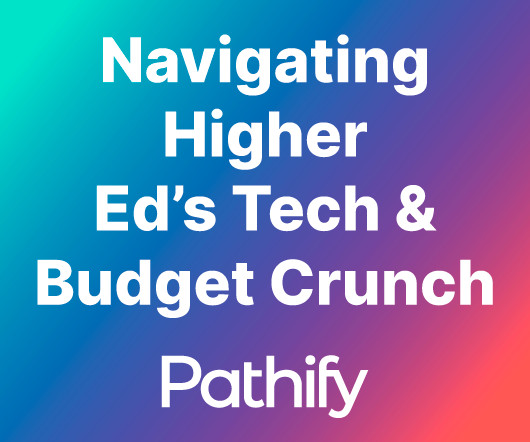Merging Higher Education Institutions Part 1: A Smart Strategy?
The Change Leader, Inc.
JANUARY 31, 2020
In Merging Higher Education Institutions: A Smart Strategy? Part 1 I discuss the landscape in higher education that continues its transformation (def: is being rocked by change). Between 2014 and 2019, 129 private higher education institutions closed their doors, 18 merged with other privates, and 12 reorganized to consolidate administration. Among public higher education institutions, 11 closed their doors, 20 merged and 33 have acquired private higher education institutions.






























Let's personalize your content